When people talk about mechanical machine parts, they often imagine complicated components hidden inside industrial equipment. But in reality, these parts are everywhere—from the brackets holding a robot arm in place, to the aluminum housing protecting a motor, to the tiny machined insert that makes a whole assembly run smoothly.
If you work with machinery, automation, or equipment manufacturing, you probably deal with mechanical machine parts every single day. Yet the way they’re designed, produced, and inspected can vary a lot depending on the supplier, the material, and the required precision.
This article breaks the topic down in a practical, straightforward way—not theory, just real-world manufacturing experience.
What “Mechanical Machine Parts” Really Includes
The term is huge. It covers nearly anything made of metal that plays a role in a mechanical system. Some common examples:
-
Motor housings and covers
-
Shafts, gears, bearings seats
-
Machined brackets and frames
-
Coupling components
-
Aluminum and steel mounting plates
-
Precision blocks and flanges
-
Custom parts for automation and robotics
Some are big structural parts; others are small pieces you can hold with two fingers. But all share one thing: the machine depends on them.

How Mechanical Machine Parts Are Actually Made
Different suppliers follow different paths, but the real manufacturing workflow looks more or less like this:
1. A drawing or 3D model
Everything starts with the customer’s drawing.
Tolerances, materials, surface finish, the way parts fit together—these decide how “hard” the part will be to make.
2. Material preparation
Common choices: aluminum, stainless steel, carbon steel, brass.
Every material cuts differently. Some warp easily. Some require heat treatment. This is where experience matters.
3. Machining (or casting, or forming)
The bulk of mechanical machine parts are produced by:
-
CNC milling
-
CNC turning
-
Die casting + CNC
-
Sheet metal forming
-
EDM (for difficult shapes)
Each method has pros and cons. CNC gives accuracy. Casting gives volume. EDM gives precision on tiny details.
4. Surface finishing
Parts often need:
-
Sandblasting
-
Anodizing
-
Powder coating
-
Polishing
-
Plating
Sometimes the appearance matters. Sometimes the function matters more.

5. Inspection
This is where good suppliers differentiate themselves.
Real inspection is not “just take a ruler and measure it.”
It involves:
-
CMM
-
Height gauge
-
Roundness checking
-
Hardness testing
-
Surface roughness measuring
-
Sometimes X-ray (for cast parts)
If the inspection is sloppily done, the whole machine may fail later.
The Real Problems Companies Face with Mechanical Machine Parts
Let’s be honest—this industry is not perfect.
Buyers often worry about:
1. Parts not matching the drawing
A 0.02mm flatness requirement suddenly becomes 0.08mm after shipment—very common.
2. Inconsistent batches
First sample OK.
Second batch slightly different.
Third batch—something changed without explanation.
3. Communication barriers
Ambiguous drawings, unclear tolerance stack-ups, and missing specifications frequently cause trouble.
4. Long lead times
Delays in metal material, tooling, or heat treatment affect everything else.
5. Surface defects
Especially on cast or complex machined parts—dents, scratches, and tool marks are common issues.
This is why companies look for reliable mechanical machine parts suppliers who truly understand engineering.

How to Choose a Good Supplier
Not from a brochure.
Not from a pretty website.
Here’s what to actually check:
-
Ask about their inspection equipment
-
Check if they can explain your tolerance chain (many can’t)
-
Visit their shop floor (clean? organized? real or staged?)
-
Look at previous sample quality
-
Ask how they ensure consistency—not only “first batch good”, but long-term stable
You want a supplier who knows not just how to cut metal, but how to deliver repeatability.
Why Mechanical Machine Parts Matter More Today
Machines are becoming:
-
Faster
-
Lighter
-
More automated
-
More integrated
That means their parts must be:
-
More precise
-
More stable
-
Better assembled
-
Better processed
Mechanical machine parts today are not “just hardware.”
They’re a foundation for robotics, EVs, factory automation, smart equipment, and high-end manufacturing.

Final Thoughts
Mechanical machine parts don’t always get attention, but they are one of the most important building blocks in modern industry. Whether you’re designing a robot, building a piece of automation equipment, or upgrading factory machinery, the quality of these parts directly affects performance.
Good parts make machines run smoothly.
Bad parts slowly destroy them.
If you need help with precision machined components, cast parts, or custom mechanical machine parts, feel free to reach out—we work with teams across robotics, automation, medical devices, and industrial equipment.
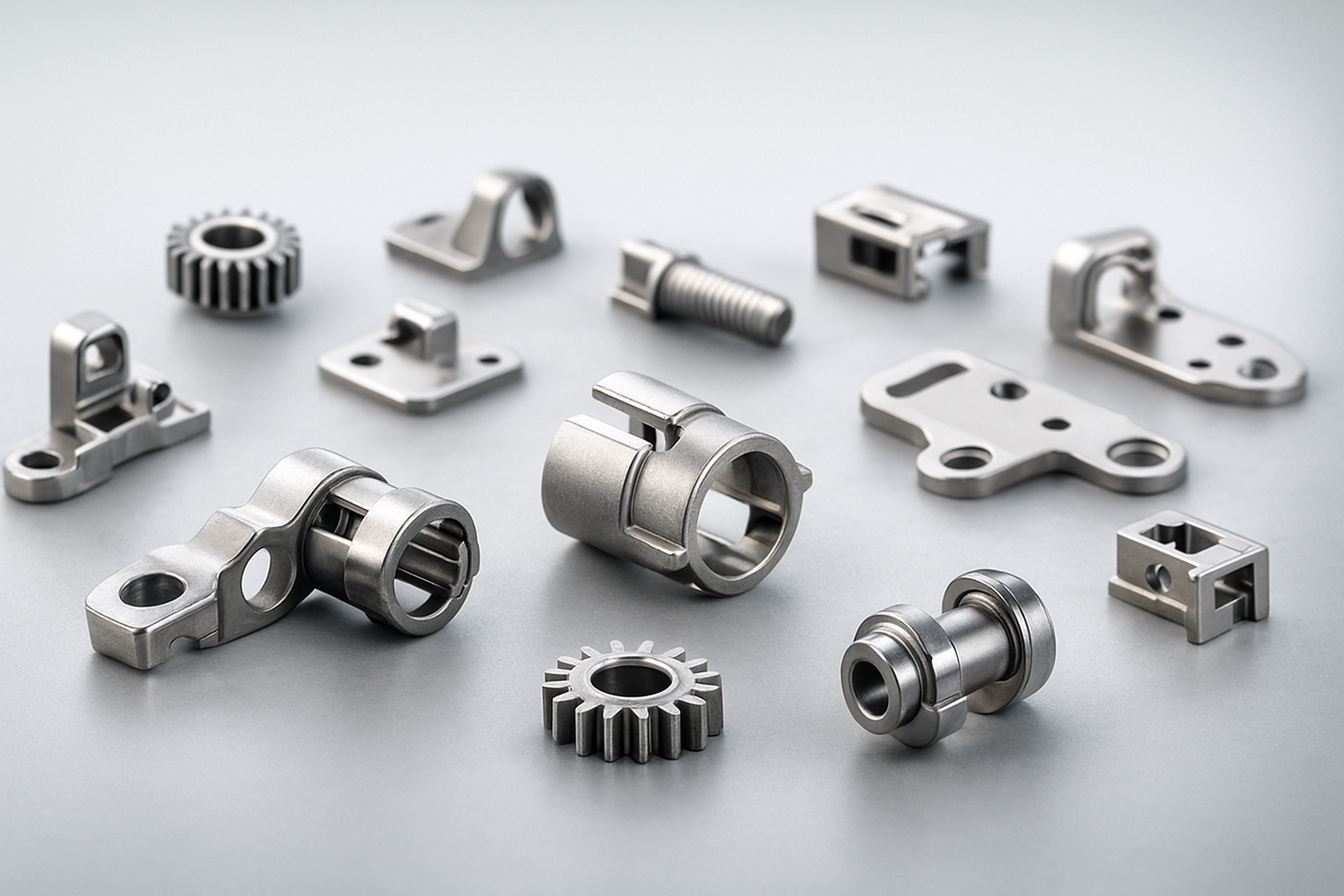



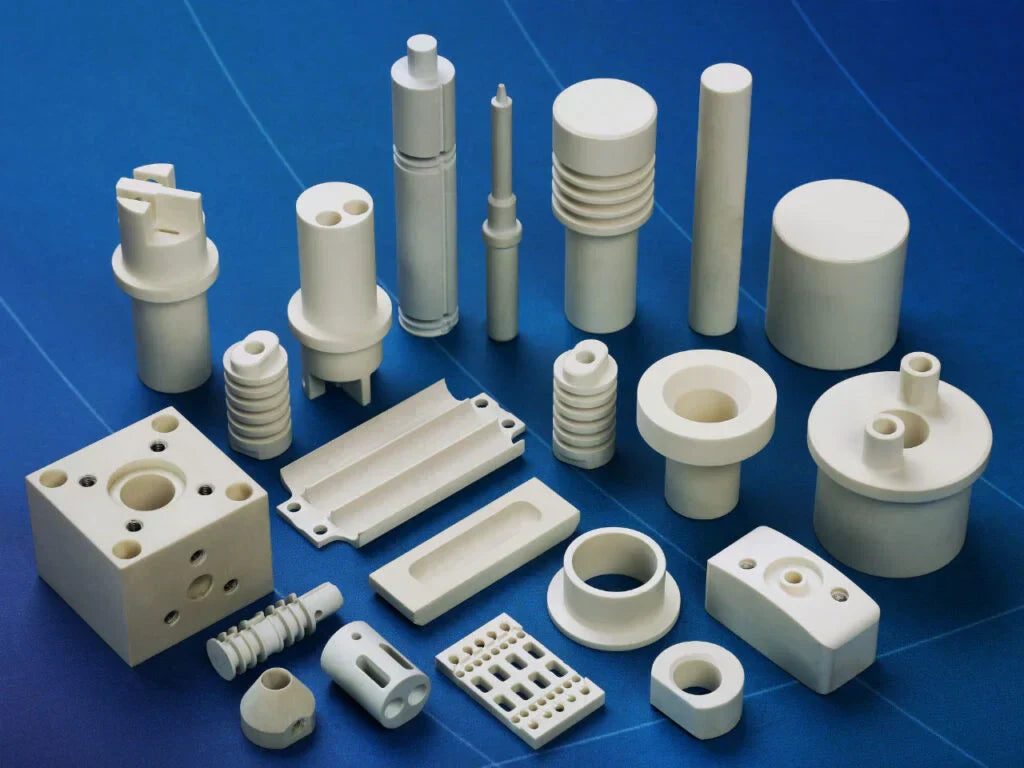
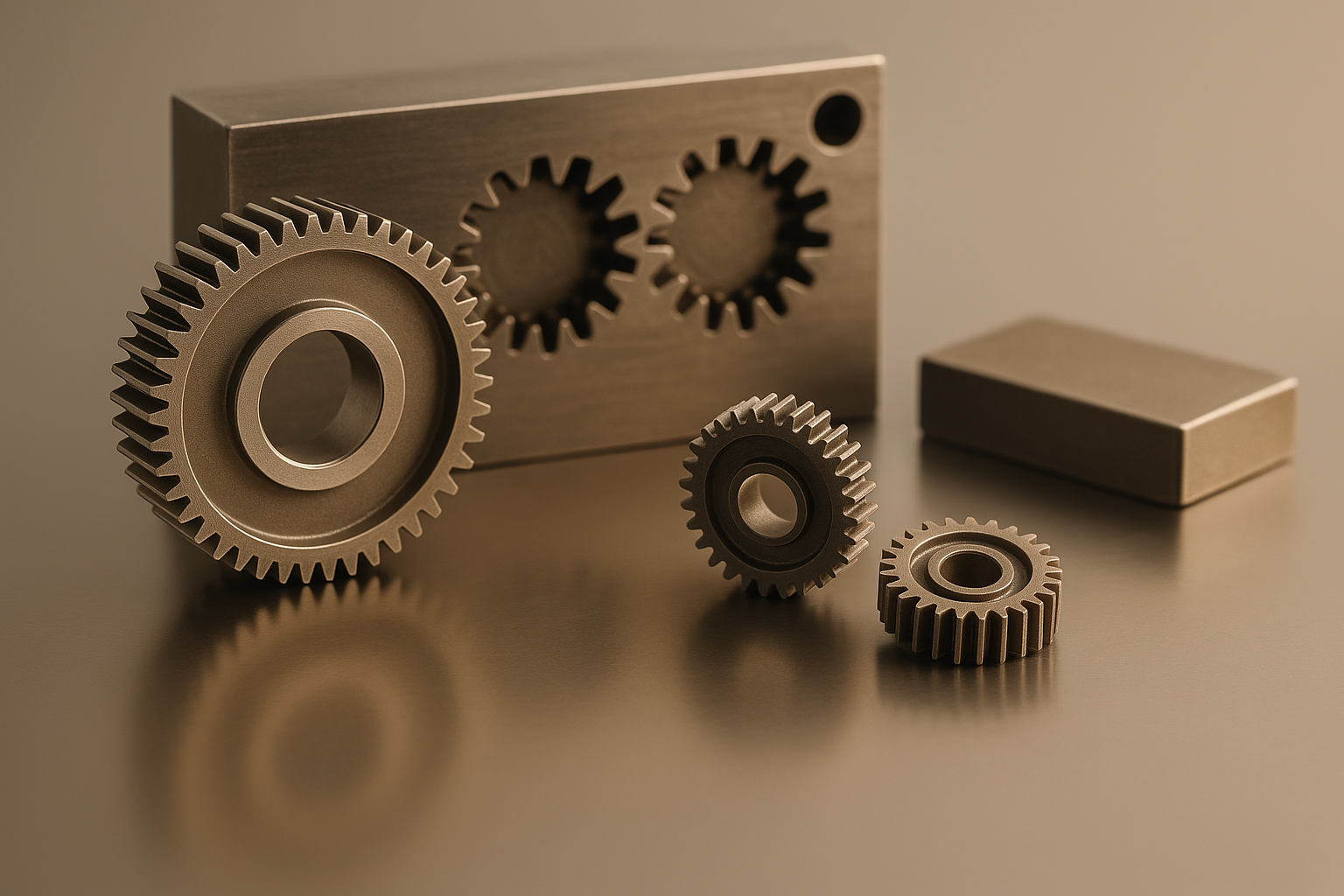
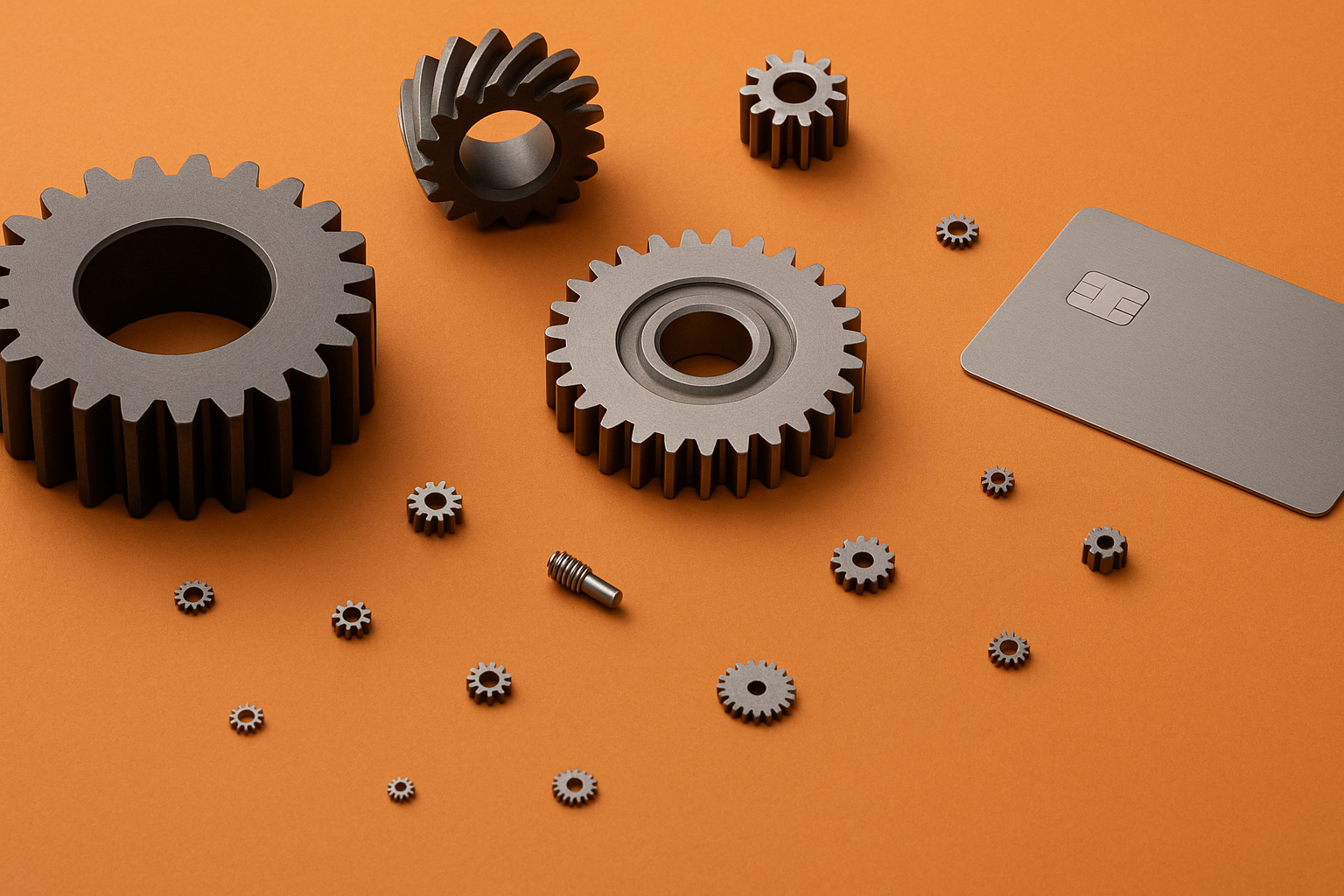
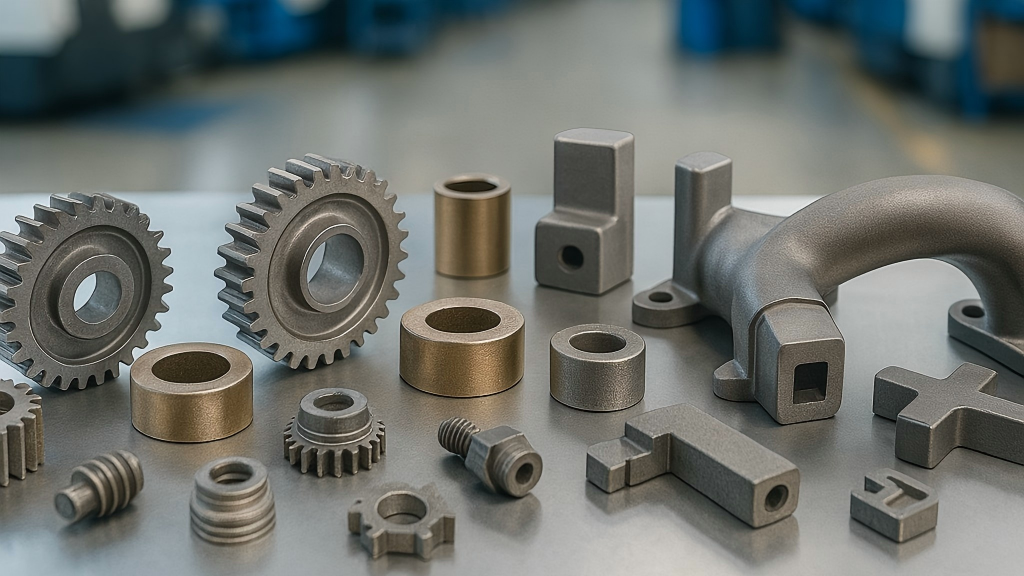
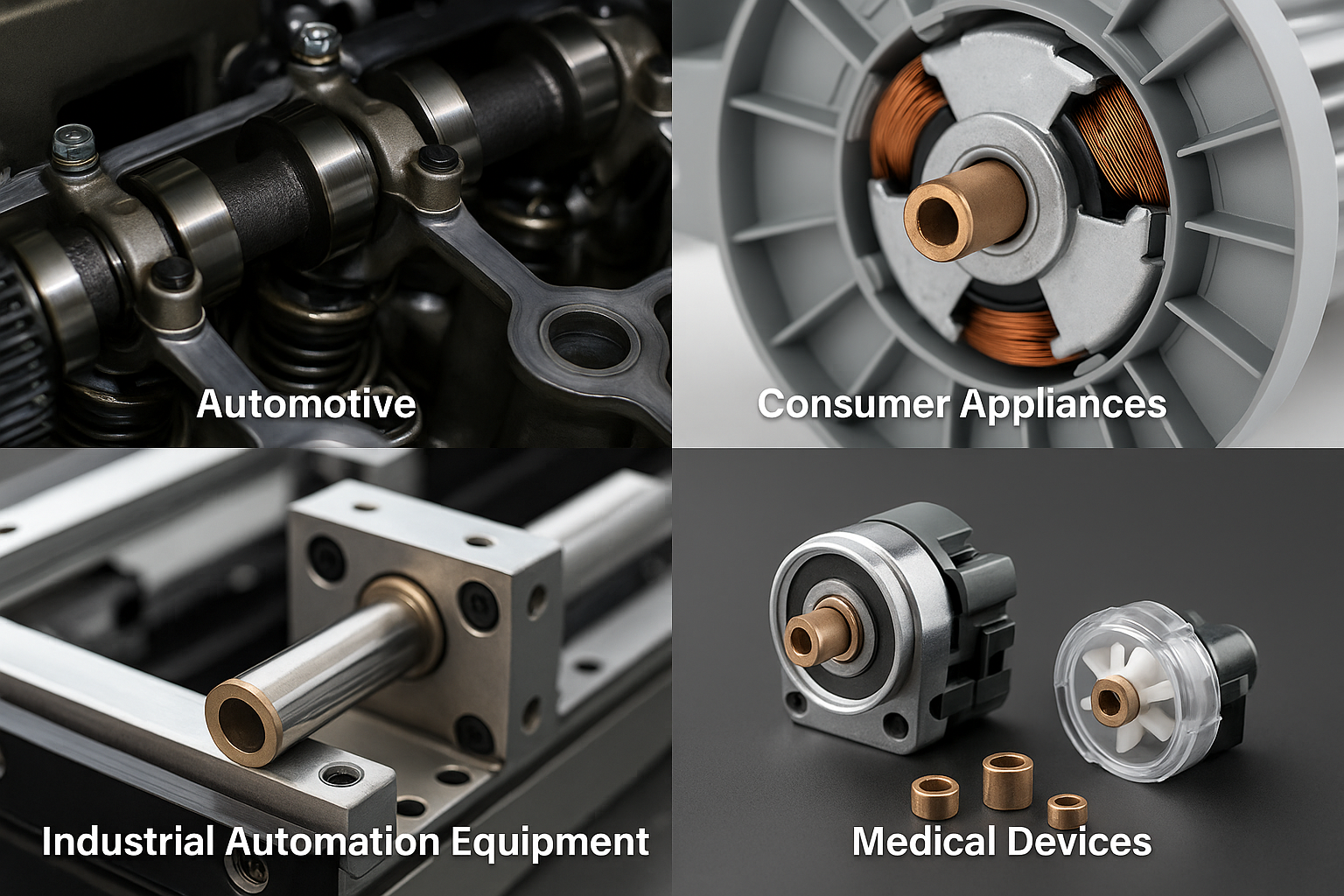
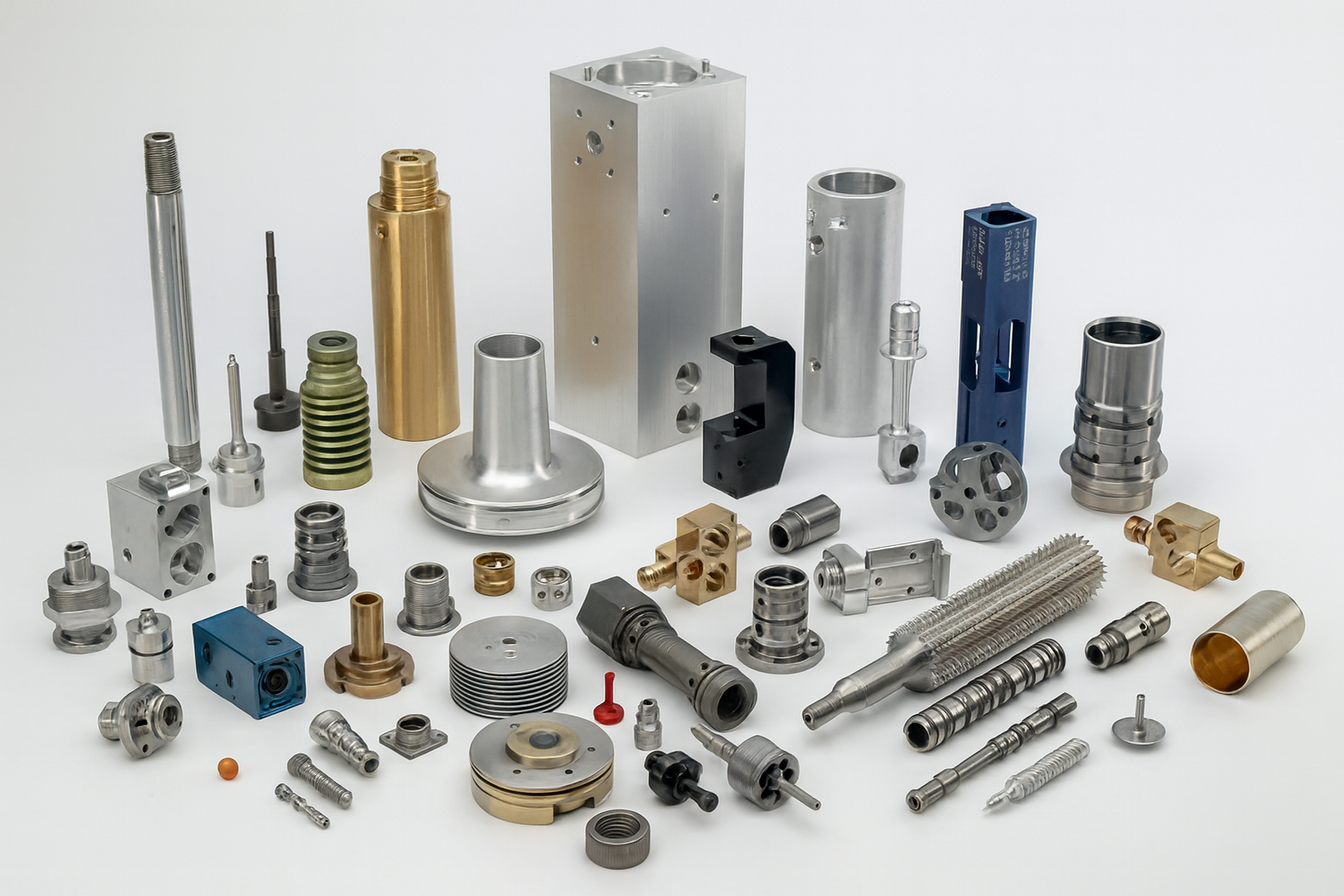


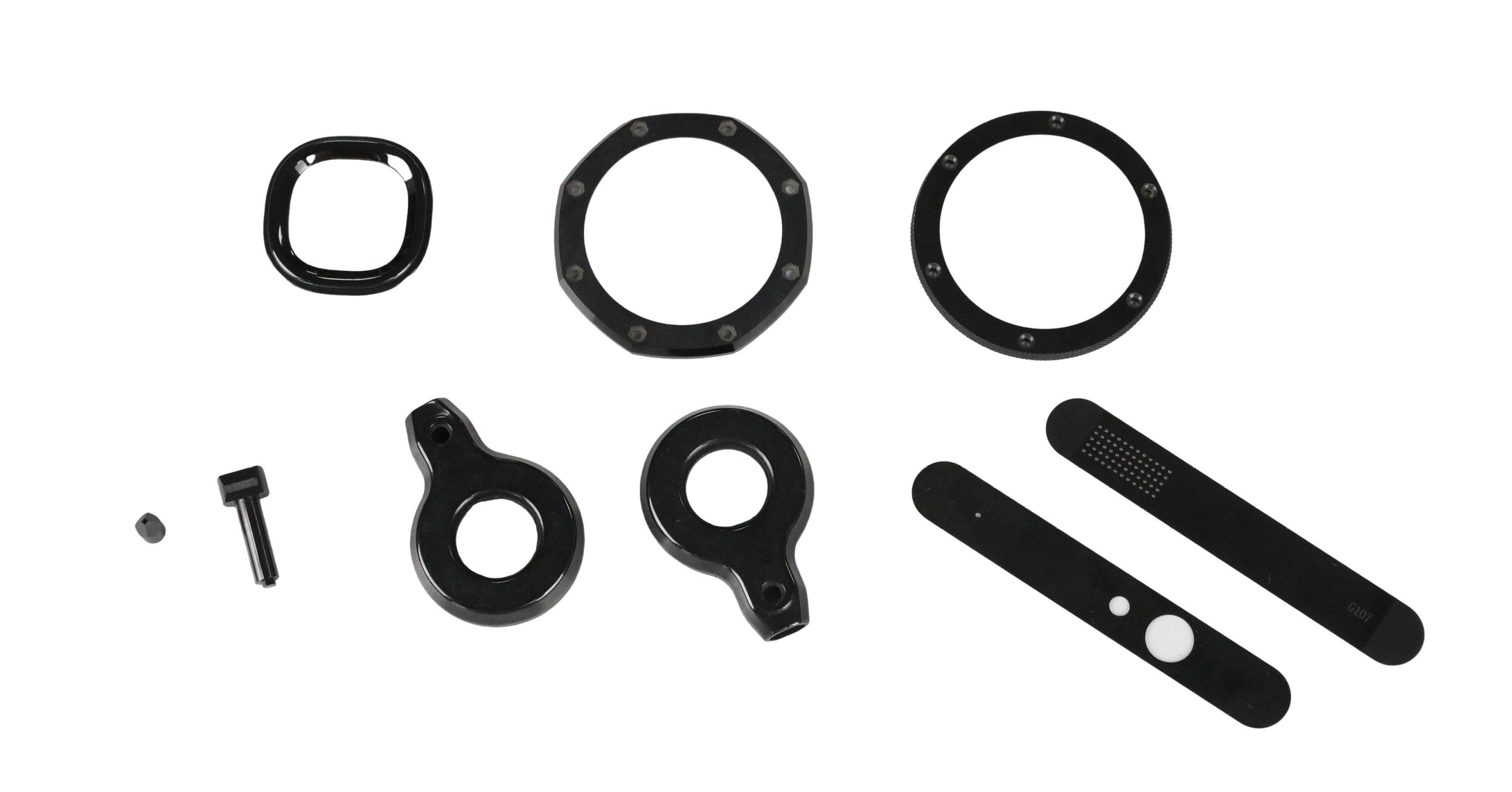
Делиться:
The Strategic Blueprint for High-Value Customers: Inspired by HUAWEI's Tri-Fold Hinge Driven by MIM Tech
Why MIM Development Takes Time and Why the Tooling Cost Is Higher